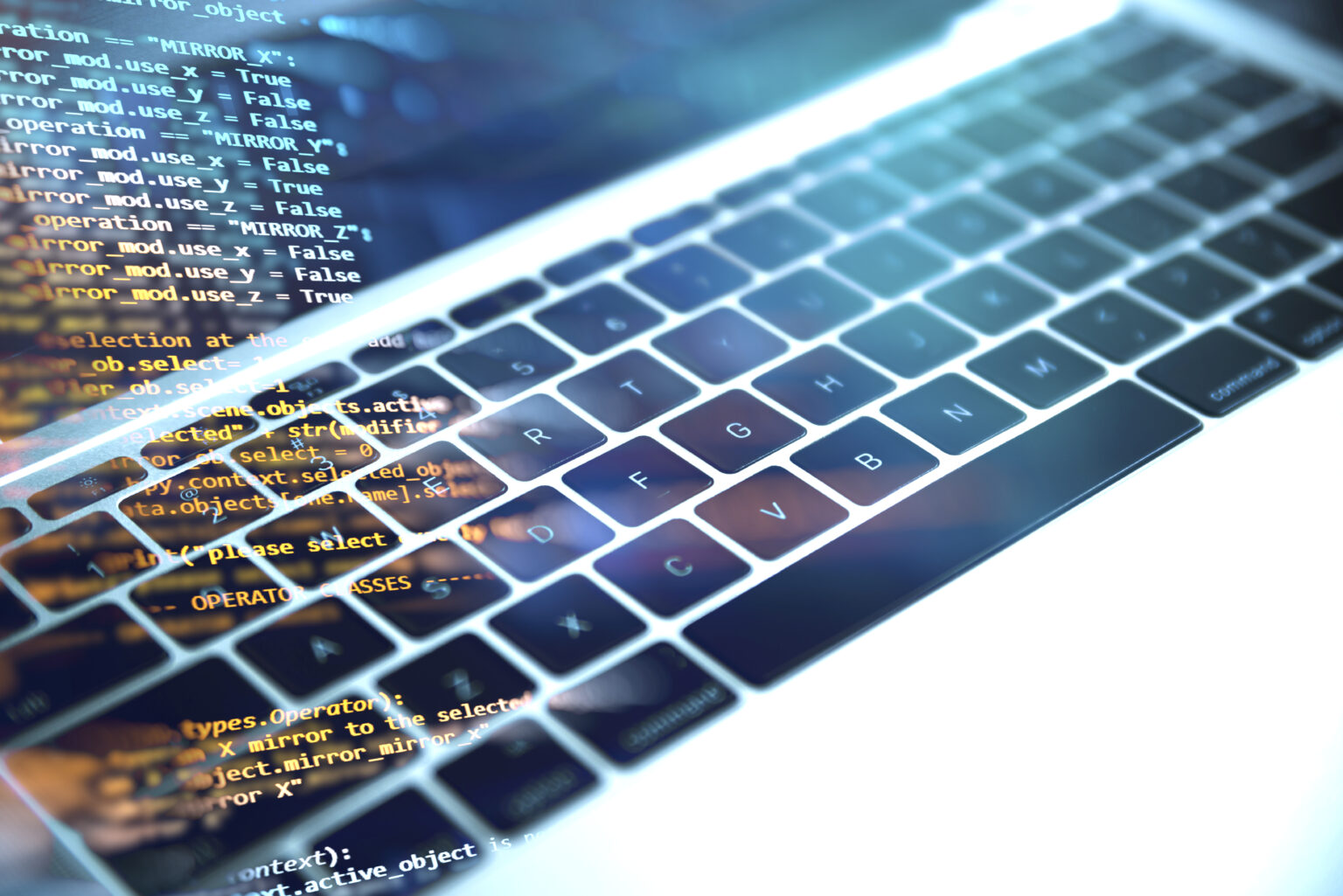Looking back over the past year, the programming industry has experienced rapid and significant changes. In particular, the evolution of AI technologies and the proliferation of automation tools have had a revolutionary impact on traditional development styles and workflow efficiency.
First and foremost, the emergence of AI chatbots and code-generating AI deserves attention. These technologies have evolved beyond mere auxiliary tools and are now becoming central to development. Tasks that developers used to handle manually—writing code, solving problems—can now be partially automated or suggested by AI. This not only dramatically reduces working time but also fosters the generation of new ideas and solutions.
For example, tools like GitHub Copilot and OpenAI Codex provide real-time suggestions and code completions while developers are writing. This frees engineers from routine or tedious coding tasks and allows them to focus on more creative work and problem-solving, transforming the work environment significantly.
However, this adoption also requires a reassessment of skills. With AI handling portions of the coding process, developers now need not only fundamental coding expertise but also an understanding of how to use AI effectively and recognize its limitations.
Additionally, cloud services and container technologies have matured further over the past year. Platforms like AWS, Azure, and GCP now allow deployments and scaling at levels previously unimaginable in local environments. This enables rapid service delivery to the market and streamlined automated monitoring and improvement loops.
At the same time, these advancements bring new challenges in security and operations. Increased automation and speed can also introduce risks such as security vulnerabilities or operational errors. Practitioners must adapt to these changes while establishing safe and efficient operational practices.
In summary, the past 12 months can be seen as a period in which the foundation of development environments centered on AI and automation has been rapidly established. Future technological innovations will likely continue to drive diverse work styles and development approaches. Understanding the “big picture” and integrating these changes into your skills and workflows is increasingly essential for engineers.
A Comprehensive Guide for Engineers: Latest Tools, Skill Shifts, and Future Work Styles—How the Programming World Changed This Year and How to Adapt
If we had to summarize the changes over the past year in one word, it would be a “paradigm shift.” New tools and frameworks are emerging rapidly, and traditional approaches are gradually becoming less effective.
AI-powered code completion tools have significantly altered how engineers work. For example, AI coding assistants integrated into Visual Studio Code like Copilot can provide snippets or partial code simply in response to queries or commands. This dramatically reduces time spent on routine tasks and trivial coding, increasing overall development speed.
Moreover, test automation and CI/CD platforms have advanced, making automation more accessible than ever. Tools such as Jenkins, GitHub Actions, and GitLab CI allow seamless automated testing and environment setup, greatly reducing both release time and errors.
With these changes, the skills required of engineers are evolving. Beyond traditional coding, engineers must understand AI tool operation, cloud-native thinking, and DevOps practices. In short, the shift is toward skills that combine tool mastery with a holistic view of system design and operations.
Remote and hybrid work arrangements are also becoming standard. Establishing environments where teams can collaborate regardless of location is now essential. This requires effective use of communication tools and mechanisms for seamless information sharing within teams.
Key points for future work include flexibility, speed, and continuous learning. With new technologies and methods constantly emerging, staying updated and continuously improving skills is indispensable.
Looking ahead, demand is expected to grow not only for specialists in AI or cloud computing but also for “hybrid engineers” who can work across both domains. Actively learning and practicing in this space will be critical to future career success.
In conclusion, the past year has established a new standard in the programming world. Engineers must evaluate what to learn, how to learn, and how to apply it in order to adapt their careers and workflows flexibly.
By understanding these trends and acquiring the necessary skills, developers can leverage recent changes to make their development environments more efficient and creative.





